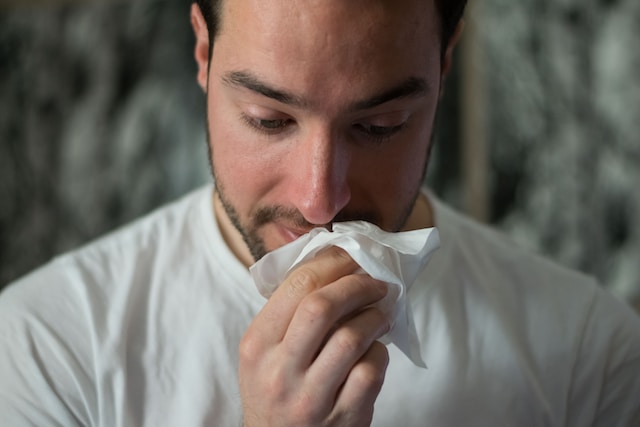Phlegm, also known as sputum, is a viscous and sticky substance produced by the respiratory system that contains mucus, bacteria, and debris. The body produces phlegm to eliminate foreign substances and irritants from the lungs and airways. When phlegm is coughed, sneezed, or cleared from the throat, it is expelled from the body. However, when it is swallowed, it enters the digestive system and is ultimately eliminated from the body as feces.

Swallowing phlegm is a natural bodily function that is not harmful. However, excessive amounts of phlegm may indicate an underlying health condition that requires medical attention. Respiratory infections, allergies, asthma, chronic obstructive pulmonary disease, gastroesophageal reflux disease, and postnasal drip are some common conditions that can cause excessive phlegm production.
The act of swallowing is a complex process that involves multiple organs and muscles in the body. When you swallow, the tongue pushes food and liquid backward toward the pharynx, a muscular tube that connects the mouth and esophagus. The pharynx contracts to push the food and liquid into the esophagus, a muscular tube that connects the pharynx to the stomach.
To prevent food and liquid from entering the lungs, the epiglottis, a flap of tissue located at the base of the tongue, closes off the trachea. This ensures that phlegm and other substances that are swallowed are directed towards the stomach.
Once in the stomach, the digestive system breaks down phlegm with digestive juices, such as hydrochloric acid and enzymes, to break it down into smaller particles. However, because phlegm is primarily made up of mucus, a slimy substance that is difficult to break down, it may take longer to digest than other substances.
The digestive system may take several hours to break down phlegm completely. Once broken down, the nutrients and water are absorbed into the bloodstream, and the waste products are eliminated from the body. The waste products, including the broken-down phlegm, are passed out of the body as feces. The color and consistency of feces can vary depending on the amount of phlegm and other substances that are eliminated from the body.
If you are experiencing excessive phlegm production, along with other symptoms such as coughing, wheezing, and shortness of breath, it’s important to seek medical attention. Your doctor may perform a physical exam, order diagnostic tests such as chest x-rays or pulmonary function tests, and recommend a treatment plan based on the underlying cause of your symptoms.
In conclusion, phlegm is a sticky, viscous substance produced by the respiratory system that is eliminated from the body when coughed, sneezed, or cleared from the throat. When swallowed, it enters the digestive system and is ultimately eliminated from the body as feces. Swallowing phlegm is a natural bodily function that is not harmful, but excessive amounts may indicate an underlying health condition that requires medical attention. The act of swallowing is a complex process that involves multiple organs and muscles in the body, ensuring that phlegm and other substances are directed towards the stomach and not the lungs. The digestive system breaks down phlegm with digestive juices and may take several hours to break it down completely. If you experience excessive phlegm production, it’s important to seek medical attention to determine the underlying cause and receive appropriate treatment.
